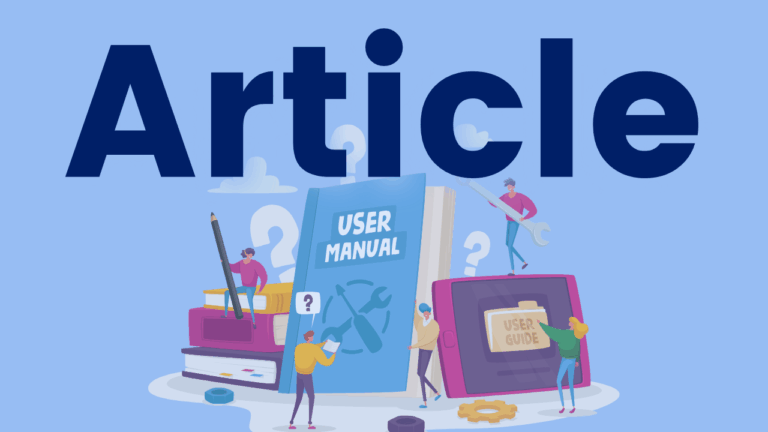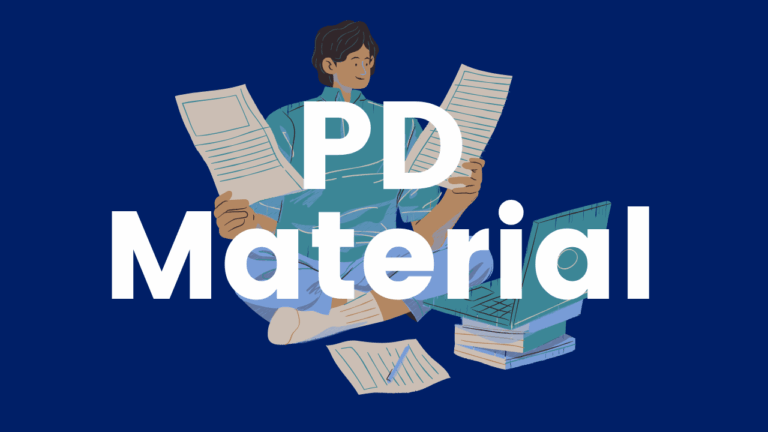Syntax: Somewhere between Words and Text
In this International Dyslexia Association Perspectives article, Nancy Chapel Eberhardt discusses instructional practices to teach grammar and syntax with a focus that will increase the reader’s understanding of complex texts. This article will give educators examples of how to use a Function-Based Instructional Approach in their classrooms, including sentence expansion, using because but so, and…




